Devi The Mother-Goddess An Introduction
Hinduism makes room for all these beliefs. Sacred texts state that the divine principle is both nirguna, without form, and saguna, with form. As nirguna, the divine principle stands beyond the confines of gender. As saguna, God can be masculine or feminine. Hence the Shakta cult of the mother-goddess Devi is as important to the Hindu as the worship of Shiva and Vishnu.
Hinduism is one of the few surviving religions where the divine principle is adored in female form. No worship is complete without acknowledging Devi. However, though aspects of the same divine principle, the way the Hindu devotee approaches Shiva and Vishnu is quite different from the way he approaches Devi. This is clear from the offerings made to the three deities.
The devotee offers Shiva uncooked vegetables and fruits and unprocessed milk. Such an offering befits the ascetic-god, who lives away from society on barren mountain tops. Vishnu receives rich buttery food flavoured with jaggery, since he is the householder-god, in revels in and ensures the wellbeing of the world. Offerings to Devi are quite different and varied. In temples where she stands as the demure consort - Gauri beside Shiva and Lakshmi beside Vishnu - she receives the same offering as her husband. But in Devi temples, where the goddess stands alone as Durga or Kali, the sacrifice of male animals such as fowls, rams and buffaloes are or were fairly common. Where blood sacrifices are frowned upon, symbolic sacrifices are made using pumpkins, gourds and coconuts. The goddess, especially her malevolent forms, is also offered sour and pungent foodstuffs like lemons and chillies. Another significant feature is that the goddess is often given clothes, cosmetics and jewellery. Such offerings of adornments are rarely made to a male deity.
This book explores these differences in rituals through imagery and narrative tradition. Pictures and stories of Hindu gods and goddesses reflect how Hindus perceive life. In images, Shiva is either the formless linger or the ash-smeared ascetic; in stories, he is the reluctant groom who the gods have to coax into marriage. In images, Vishnu is the charming god who bedecks himself with flowers, sandal paste and gold; in stories, he battles demons, charms damsels and ensures harmony of the 1vorlcl-order by upholding cosmic law or dharma.
Shiva clearly embodies the world-renouncing principle of life while Vishnu embodies the world-affirming principle of life.
Get it now and save 10%
BECOME A MEMBER

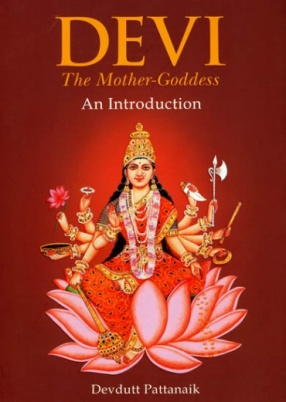

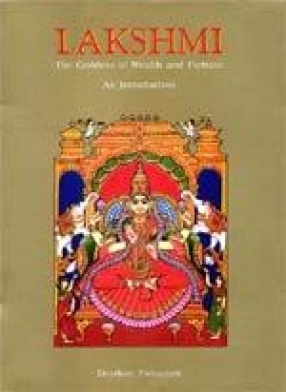
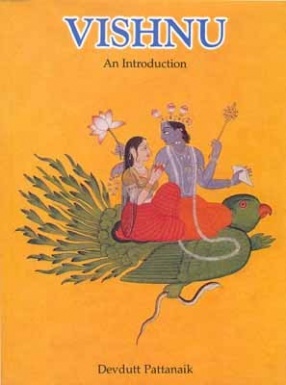
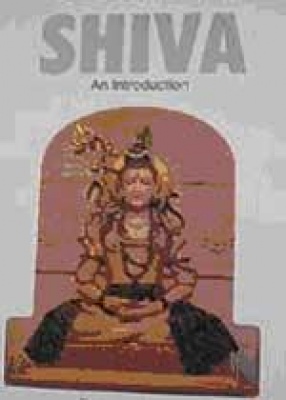
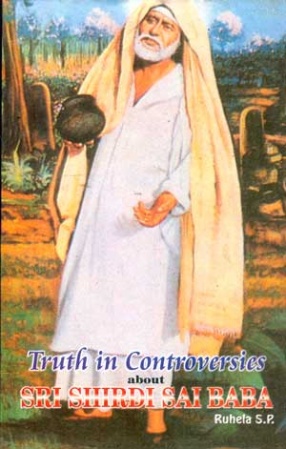


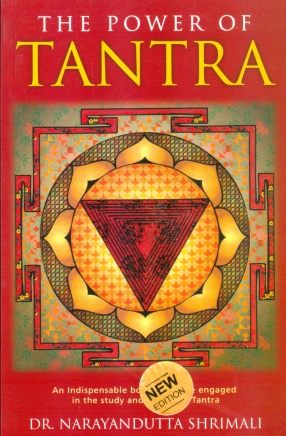

Bibliographic information